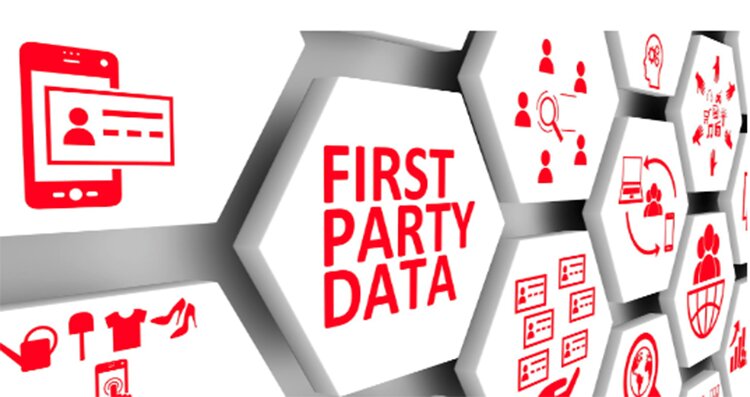
 Nowadays, everyone is talking about how third-party cookies are fading away. Big platforms can’t track users across sites to serve up those ultra-targeted ads anymore.
Nowadays, everyone is talking about how third-party cookies are fading away. Big platforms can’t track users across sites to serve up those ultra-targeted ads anymore.
For publishers, this landscape shift is both a challenge and an opportunity. Programmatic ad revenue may dip without micro-targeted audiences. But the good news? First-party data strategies let publishers regain control of their customer data, improve user experiences and tap new income streams.
Let’s explore what first-party data is, how to put it to work and why it should be priority number one.
Defining first-party data
First-party data is intel publishers gather directly from users on their owned sites and apps. This data is collected by tracking visits, article views, video watches, newsletter sign-ups, registrations and other direct interactions.
Publishers can capture this data with cookies, logins and analytics programs. Customer data platforms (CDPs) like Segment, Lytics, media-focused OneCount and newcomer MortarAI play a leading role. They create unified customer profiles by ingesting info from all sources and matching identities across devices. This gives publishers a 360-degree view of each user.
Tying this activity data to user identities in a CDP allows publishers to divide audiences into distinct groups based on interests, engagement, demographics and more. These are first-party data segments. They offer detailed insight into a publisher’s most loyal users. These user records may also be “enriched” by adding information from external data sources like LinkedIn or Zoominfo.
Putting first-party data to work
There are several ways for publishers to activate first-party data to enhance experiences and open new money-making avenues:
The big win? First-party data lets publishers connect with users across platforms without sharing underlying personal data with third parties.
Monetizing first-party data
Publishers can generate income from first-party data strategies through:
Packaging publisher data into differentiated products, segments and services beyond basic display ads is key. Users and advertisers will pay for the extra value.
Why bet on first-party data?
Prioritizing first-party data offers many long-term benefits:
Simply put, first-party data is every publisher’s most powerful asset. Investing to build that asset will pay off through larger, more loyal audiences and new revenue streams.
Making the first-party data investment
While the opportunities are exciting, seizing them requires investment. On the tech side, publishers need solutions like CDPs plus analytics, segmentation, modeling and data clean rooms. And they need data science and engineering talent.
For publishers ready to take the plunge, first-party data will transform their business. Now is the time to formulate strategies and build capabilities that let publishers chart their own courses in a privacy-centric landscape. The winners will be those who start early and go all in on first-party data.
So, in summary, third-party cookies fading out is both a challenge and a chance for publishers. Activating high-quality first-party data will let them thrive. With personalization, retention and new products that readers value — not to mention the powerful audience insights advertisers will pay for.
First-party data brings publishers closer to users, gives them independence from platforms and unlocks new income streams. That's why first-party data may be the single most valuable asset any publisher possesses. The time is now to start investing and refining this data into gold.
Guy Tasaka is a seasoned media professional with a 35-year track record of leading change in the industry. He has collaborated with renowned organizations such as Macworld Magazine, Ziff-Davis and The New York Times, where he honed his expertise in research, strategy, marketing and product management. As the former chief digital officer at Calkins Media, Guy was acknowledged as the Local Media Association's Innovator of the Year for his work in advancing OTT and digital video platforms for local news organizations. He is also the founder and managing partner of Tasaka Digital, specializing in helping media and technology companies navigate business transformations using his extensive experience and forward-thinking approach. Guy can be reached at guy@tasakadigital.com.
Comments
No comments on this item Please log in to comment by clicking here